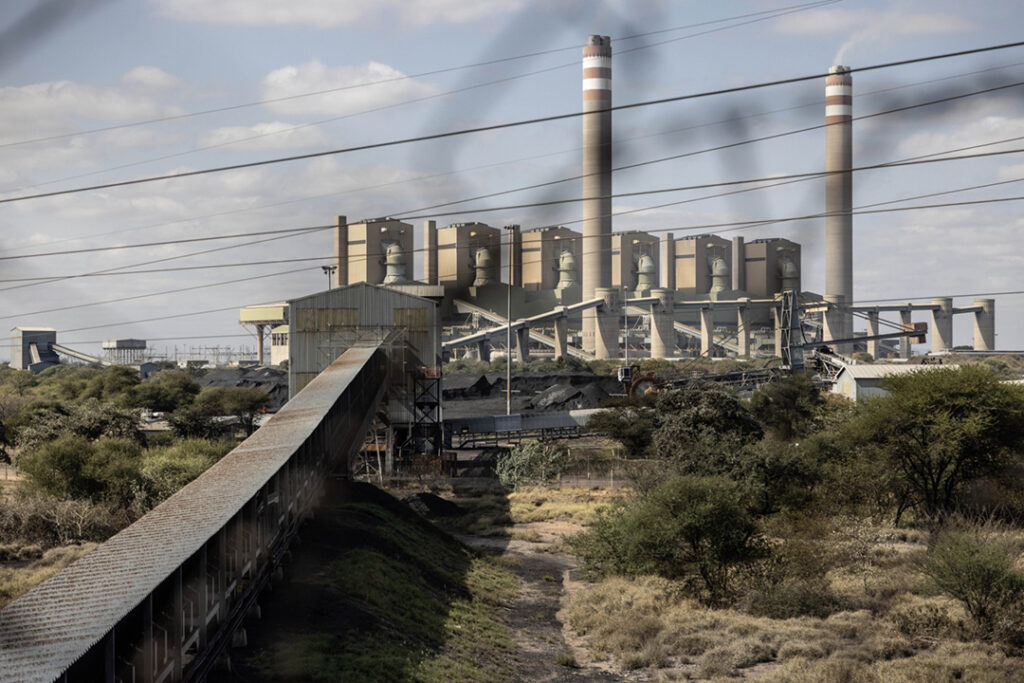African governments aim to deliver reliable, safe, and affordable access to energy for all of the continent’s people as it drives economic growth, productivity, and industrialisation. Yet, reality shows otherwise. With an estimated population of 1.15 billion people in Africa, in 2020 more than 600 million people were living without access to electricity.
Globally, 733 million people of the world’s eight billion people lacked access to electricity in 2020. While 733 million is an alarming figure, the African continent significantly remains the region with the lowest rates of energy access in the world, highlighting the severe energy deficit with which the continent is faced. Subsequently, development towards forming resilient African economies, delivery of basic services such as healthcare and education, solid infrastructure and overall human capital have been crippled by this reality.
According to the World Bank, sub-Saharan Africa’s economic growth decreased from 4.1% in 2021 to 3.6% in 2022 and is further projected to slow down to 3.1% in 2023. Undoubtedly, the negative impact of the energy crisis has exacerbated the decline in economic activity and growth in the region. For instance, South Africa’s scheduled electricity blackouts, commonly known as load-shedding, are, according to a Bloomberg report, estimated to cost the economy $51 million a day.
Negatively affected industries include agriculture, manufacturing, and construction, resulting in hindered economic activity and progress. Disruption in electricity supply has further challenged the delivery of services such as healthcare and education. As such, the already over-stretched South African healthcare system has been under strain due to load-shedding, resulting in doctors being unable to perform emergency surgeries timeously, putting patients’ lives at risk.
While generators, uninterrupted power supply (UPS), and battery backup systems have helped, they have a limited duration and require sufficient time to recharge. Moreover, health facilities such as clinics that operate for only eight hours at a time do not have generators and therefore are left in the dark.
Inevitably, the energy crisis has required the South African government to act. As part of addressing the shortage of megawatts, South Africa aims to import more power from neighbouring countries such as Botswana and Zambia, through the Southern African Power Pool (SAPP) arrangement. Additionally, the introduction of a National Energy Crisis Committee (NECOM) last year comprising key decision-makers in the energy sector is meant to enable better coordination and stronger stakeholder engagement. In January 2023, NECOM released its six-month progress update on the implementation of the Energy Action Plan.
The utility has secured an additional 300MW through the SAPP, and negotiations are under way to secure a potential 1,000MW from neighbouring countries starting this year. Additionally, NECOM has streamlined the regulatory process for energy projects and reduced the timeframe for environmental authorisations from 100 days to 57 days to expedite the registration process and ensure projects are approved within six months.
Of those projects submitted as part of the Renewable Energy Performance Platform (REPP), 19 project agreements from Bid Window six of the renewable energy programme, representing 2,800MW of new capacity, will soon proceed to construction. But this is nearly 4,000MW short of the overall electricity supply gap the country is trying to plug. It also falls substantively short of the total capacity that was offered in the bid window. However, although progress is slow it is on the right path.
The acceleration of electrification initiatives has become the centre stage of development and has motivated the implementation of more than 60 international electrification initiatives in the SSA region. One of the key initiatives is the installation of 30GW of additional capacity and the creation of 60 million new connections to double electricity access by 2030 via the United States-led Power Africa initiative.
According to its 2022 annual report, the Initiative commissioned 280MW at two wind farms in South Africa. The Angolan government has also managed to build a modern, reliable transmission distribution infrastructure that will move around 1000MW from north to south Angola to improve electricity access and connect the country to regional markets.
Power Africa has been transformative in connecting more than 18 million homes and businesses to electricity, bringing more than 11,000MW of new generation to financial close. This has resulted in US companies and entrepreneurs alike seeing Africa as a lucrative investment destination. However, rising geopolitical threats and commitments to secure a green energy transition have led to calls to enhance Power Africa’s effectiveness.
These include the establishment of new goals for power reliability and cost as these are ongoing constraints on productivity, employment, and economic expansion. Better coordination is also required to grow investment opportunities in grids and utilities.
The energy access Africa requires to industrialise is still heavily reliant on fossil fuels with gas seen as a key transitional fuel to meet the continent’s development goals. Natural gas, the least polluting fossil fuel, is still intended to form part of the short- to medium-term transitional energy mix. Moreover, the European Union has declared natural gas as a transitional fuel in regulations that guide private investment. Additionally, this transitional fuel has been classified as a green investment under certain conditions in the EU taxonomy for sustainable activities.
With Africa endowed with natural gas, its integration with renewable energy sources such as solar and wind is an energy mix that is attainable and should continue to be pursued. This is because a small amount of gas can generate a lot of electricity and gas-fired plants are quicker and less expensive to build, especially when compared to alternatives such as hydropower, geothermal, nuclear, and coal.
Moreover, gas extracted in the Global South is exported to the Global North. For instance, the Senegalese government is projected to supply Germany, Europe’s biggest economy, with 2.5 million tons of gas this year and up to 10 million tons by 2030. To this end, the African Union has promoted the expansion of energy infrastructure and the African Energy Commission has indicated that gas and nuclear are integral in achieving development goals alongside renewable energy sources.
In closing, the Russia-Ukraine conflict has seen a renewed focus on energy security among European countries and ultimately backtracking on fossil fuel use. In 2022, the United Kingdom also increased oil and gas exploration in the North Sea to meet its energy needs. This raised concerns of hypocrisy and backsliding on climate commitments, yet, if the gas supply was cut, it would result in power cuts amid sustained cold weather. What is to be prioritised in this case?
African governments face a similar predicament and, therefore, should be given space to enable a hybrid energy system that allows them to ensure energy justice with the use of gas, without compromising on meeting their development goals.

Busisipho Siyobi is the Programme Head of the Natural Resource Governance Programme at GGA. Prior to joining GGA, she headed up the Corporate Intelligence Monitor desk at S-RM Intelligence and Risk Consulting. Busisipho holds an MPhil in Public Policy and Administration from the University of Cape Town with a research focus on CSR within the South African mining industry. During her Masters, she worked as a research scholar at the South African Institute of International Affairs.



